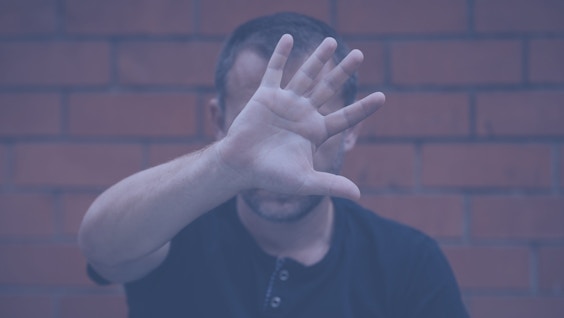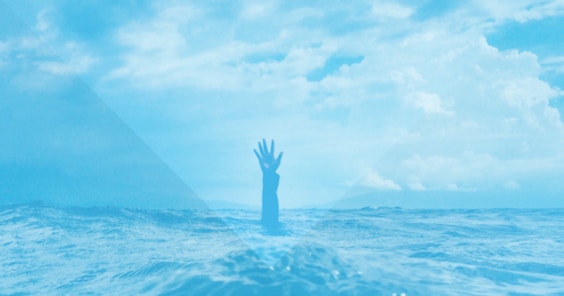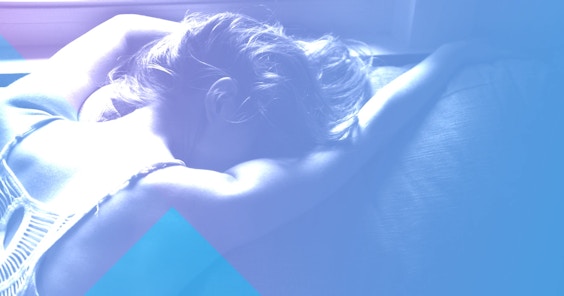
Porn Addiction Withdrawal: How to Manage It
Last Updated: Tue, January 23, 2024Pornography has always been around. Some people excessively watch it and can’t seem to stop. This gave rise to porn addiction withdrawal.
As its name suggests, pron addiction withdrawal means quitting one’s addiction to porn.
But how does porn addiction withdrawal work?
In this article, we will talk about porn addiction, porn addiction withdrawal, and treatment.
What Is Porn Addiction?
Porn addiction refers to someone becoming dependent on pornography. It can interfere with their relationships, daily life, and ability to function.
In theory, porn addiction refers to when you can’t stop looking at porn, even if you want to.
This can easily become a problem due to the widespread internet porn availability today. In 2019, PornHub, the most popular site for porn recorded 42 billion visits. If calculated on a daily basis, that would be 115 million visits.
Uncontrollable compulsion to view porn can be problematic for some people. This can be similar to other behavioral addictions. The behavior has been described as problematic porn use.
In fact, a review article from 2015 concluded that internet pornography shares basic mechanisms with addiction to substances.
If people constantly crave erotic displays despite attempts to reduce urges, they might be addicted to pornography. Other areas of life like work, academics, and social interactions can also become limited due to their constant need to consume porn.
Porn Addiction Withdrawal Symptoms
Just like any other kind of addiction, those who quit porn experience porn addiction withdrawal symptoms. These symptoms include the following:
1. Mood Swings
A lot of extreme porn abusers use sexual content to cope with negative emotions in life. Suppressed feelings may come to the surface during the early days of sobriety. For someone addicted to porn and going through withdrawal, it’s not unusual to feel irritable, depressed, or even anxious.
2. Insomnia
The longer one's away from pornography, the more they’ll think about it. At first, addicts may experience trouble sleeping at night. They might also experience the need to masturbate.
3. Intense Feelings of Loneliness
Porn use can mask underlying issues that addicts experience. These issues are especially related to emotional or physical intimacy.
Therefore, feelings of loneliness and longing begin to bubble up, especially without the release that explicit sexual imagery provides.
4. An Urge to Replace Pornography
An addict may begin searching for a new coping mechanism once porn is gone. This typically happens when they’re new to recovering from addiction.
This can result in cross addiction. Addicts may turn to another substance, including alcohol, drugs, or food to cope with the uncomfortable emotions they’re experiencing.
5. Loss of Libido
Addicts may find it challenging to relate to a partner or have physical intimacy after living in a fantasy world. Moreover, having a soft, romantic experience may not be enough or attractive after witnessing bizarre and intense sexual intercourse scenes.
Porn Addiction Withdrawal: Recovery and Treatment
Those who suffer from porn addiction withdrawal symptoms can succeed with proper treatment. Here are the kinds of treatment for those who want to overcome porn addiction:
Psychotherapy
This treatment helps someone understand their relationship with porn and identify unmet sexual needs. This also helps individuals develop strategies to deal with psychological distress.
Additionally, psychotherapy is an excellent way of knowing what led a user to develop an addiction to porn.
Psychotherapy features various approaches. These include individual, group, and family counseling. With the help of a professional, an individual can identify what led to their behaviors and unmet needs.
Over time, patients, with the help of their addiction counselors, can develop strategies to manage and overcome porn addiction.
Relationship Counseling
Counseling can help partners talk about their values. It can also help them determine if porn has a place in their relationship and cultivate deeper trust between partners.
An initial assessment will be done in the early stages of the counseling. The assessment will determine the best course of therapy to be used.
Individual therapy may also be suggested if there’s significant partner trauma. The therapist will work for supportive counseling for the impacted partner.

Medication
Sometimes, someone resorts to pornography to cope with a condition. These underlying conditions can be treated through medications.
Typically, people with the condition may experience a co-occurring disorder. Medication-assisted treatment can help tackle the problem. It’s a combination of FDA-approved prescription medicines along with counseling and behavioral therapies.
This treatment is effective for many substance use and psychological disorders. Medication only does not sustain therecovery of a patient. It can be an excellent resource combined with other therapies as well.
Lifestyle Changes
Other people resort to pornography out of boredom or exhaustion. Thus, spending fewer hours on the computer can result in a healthier lifestyle.
Living a healthier lifestyle can reduce porn engagement. Changes in lifestyle can include new hobbies, spending time with friends, meditating, exercising regularly, and increased focus on self-care.
Recovery takes time, a conscious effort, and discipline to change and integrate habits.
Conclusion
Excessive viewing of porn can be easily overlooked. It may seem like a harmless way to indulge erotic urges. However, this can be harmful to your well-being, especially when urges take a toll on one’s social and emotional life.
With help from trusted professionals, you can overcome porn addiction withdrawal. Using a sobriety app can also help.
I Am Sober is a free app that helps you get some control back in your life.




